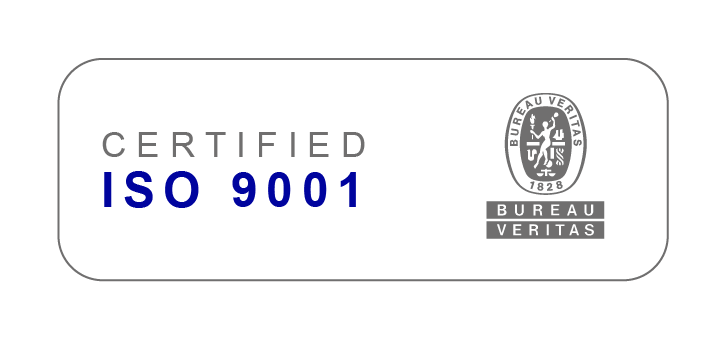With the acceleration of digitalization, users’ mobile experience plays a crucial role in your business. Discover 6 essential steps to navigate the possible barriers, guarantee excellent online support and boost the growth of your brand.
In a changing world, the mobile experience is, without a doubt, asserting itself as the key digital touchpoint in both online sales and in-store purchasing decisions. According to an eMarketerreport, this trend will continue to deepen and it is estimated that m-commerce or mobile commerce will double before 2023. Currently, 8 out of 10 Latin Americans have a smartphone, which is unlocked every 5 minutes. . In Argentina, to mention one case, 63% of browsing time is via mobile devices and twice as many pages are visited from smartphones than via desktop. In this way, an increase in the number of smartphone users combined with connection speed improvements favour the growth of m-commerce.
On mobile, a one-second delay in load times can impact conversion rates by up to 20%.
Nevertheless, the convenience offered by browsing on mobile devices is not consistent with the probability that consumers will buy on their phones: currently, retailersregister conversion rates that are substantially lower on mobile devices than on desktops. And, when looking for the reasons, all roads lead to the user experience. User performance data shows that, even on mobile, a one-second delay in load times can impact conversion rates by up to 20%.
The scene is as clear as the need for brands to prioritize their mobile channels. But, many times, the complexity of the companies can present obstacles to achieving that objective. So, it is normal to worry about this question: how to overcome the barriers and offer the best experience for users?
To help you transform your mobile presence, we bring you this guide, created by Google’s Search & Mobile UX team, with six essential steps, which adapts the principles of organizational change to the mobile problem:
1. Develop your Business Case. In most companies, launching any project requires a goal. If the plan is to improve the digital experience of your business, the first step is for the commercial and technical areas to be convinced of the value that can be obtained from this transformation. A solid case is the best way to win support at the executive level and thus ensure that all sectors are aligned around this objective when making decisions. The plan is not to innovate just to innovate, but to optimize the existing experience. Therefore, you must know in depth what you are offering, what you aspire to, and how and with what equipment it should be designed.
2. Assign a management team committed to making the user experience a priority and moving the project forward. It is important to agree on roles, responsibilities and plans in advance to provide guidance and support as changes and problems come up.
3. Establish the strategy and milestones on which business and technical leadership should focus. In this instance, you must assess what is the best opportunity for your customer base and identify the weakest parts within the user journey. It is important to be rigorous: if there are redundant or ineffective experiences, you must design better ones.
4. Test the proposed strategy, its execution and scalability. This is the instance in which those responsible for directing and pushing the project forward get started. Finding and managing time and effort well is essential to review the concept. In this instance, leadership in the workflow is key: the focus should be on testing and making sure that other projects or players do not interfere in the construction of the strategy.
5. Communicate the results. All project participants should be held responsible for reporting results, from technical reports (where value is tied to digital performance) to business reports (where revenue is important) so that all stakeholders can understand overall performance. One available tool to audit performance is Lighthouse, which can be run on any web page.
6. Keep changing. Once the project is launched, it is vital that it is not considered to be over, but rather that it is assumed as a continuous workflow aimed at improving the customer experience. Therefore, it is important to hold meetings when the projects are moderately advanced or at the end of the first year to evaluate new KPIs, strategies and needs. Don’t forget that keeping the team motivated is mandatory: celebrate achievements and offer rewards and incentives to those who continue to activate user-centric strategies. Remember that, today more than ever, customer loyalty is much more fragile and that earning and maintaining it no longer depends only on the product or service you offer,
but on the complete experience that you bring them closer to. Now, you have the tools to get started and design the perfect journey for your customers.
Source:Think with Google



